Saffron, the precious spice derived from the Crocus sativus flower, has captivated the culinary world for centuries with its vibrant color, unique flavor, and rich aroma. In Denmark, where culinary traditions blend innovation with tradition, saffron holds a special place in kitchens across the country. However, sourcing high-quality saffron at reasonable prices can be challenging. This article delves into the world of saffron in Denmark, exploring saffron prices, quality, and reviewing local shops to assist consumers in making informed choices.
The Expensive Spice in Denmark
Saffron is widely renowned as one of the world’s most expensive spices, valued for its labor-intensive cultivation process and limited availability. The spice is harvested from the stigma of the Crocus sativus flower, with each flower producing only a few precious threads. These delicate threads are hand-picked and carefully dried, contributing to saffron’s premium price tag.
In Denmark, saffron’s expense is influenced by various factors, including importation costs, demand, and quality standards. While the purchase price of saffron may initially seem high, its unparalleled flavor and aroma justify its status as a luxury ingredient in Danish cuisine.
Saffron in Danish Cuisine
Danish cuisine is characterized by its emphasis on seasonal, locally sourced ingredients and innovative flavor combinations. Saffron, with its distinctive aroma and flavor profile, is a prized ingredient in traditional Danish dishes such as saffron buns (safranboller) and risengrød (rice pudding). The spice adds depth and complexity to these dishes, enhancing their flavor and visual appeal.
While saffron is not native to Denmark, the country’s vibrant culinary scene has embraced the spice with enthusiasm. Chefs and home cooks alike value the quality and authenticity of saffron, seeking out reputable sources to ensure exceptional flavor and aroma in their culinary creations.
Varieties of saffron in Denmark
In Denmark, consumers have access to many different types of saffron, each offering unique flavors and characteristics. Spanish saffron is widely available and prized for its vibrant color and delicate floral aroma. It is often preferred for its versatility in both savory and sweet dishes, adding depth and complexity to everything from paellas to desserts.
Additionally, Iranian saffron is highly esteemed for its bold flavor and intense color. Known for its potent aroma and distinctive taste, Iranian saffron is favored by chefs and home cooks alike for its ability to impart a rich and robust flavor profile to dishes. Whether used in traditional Danish recipes or international cuisine, the availability of these diverse saffron varieties in Denmark ensures that culinary enthusiasts can explore a range of flavors and elevate their cooking to new heights.
Comparative Analysis: Saffron Exporters to Denmark
Certainly, let’s delve into comparing Iran and Spain, two of the largest producers of saffron globally, and how their saffron exports compare, particularly in the context of Denmark.
Iran: The Leading Producer of Saffron
Iran is renowned as the world’s largest producer and exporter of saffron, accounting for a significant portion of global saffron production. The country’s saffron cultivation dates back thousands of years, with saffron being deeply ingrained in Iranian culture and cuisine. The climate and soil conditions in Iran, particularly in regions such as Khorasan, Kerman, and Ghaenat, are well-suited for saffron cultivation, contributing to the country’s dominance in the saffron market.
Production and Export Volume
Iran produces the majority of the world’s saffron, with estimates suggesting that it accounts for over 90% of global saffron production. The country’s saffron exports have seen steady growth in recent years, with Iranian saffron being highly sought after for its superior quality, intense flavor, and vibrant color. Iran exports saffron to numerous countries worldwide, including Denmark, where it is prized by chefs and consumers for its exceptional culinary properties.
Quality and Grading
Iranian saffron is renowned for its premium quality and distinct characteristics. The saffron threads produced in Iran are known for their deep red color, strong aroma, and potent flavor profile. Iranian saffron is graded based on several factors, including color intensity, aroma, and thread length, with the highest grade being “sargol” saffron, consisting of pure red saffron threads without any yellow or white parts.
Market Share and Competitive Advantage
Iran’s dominance in the saffron market is attributed to several factors, including favorable climatic conditions, centuries-old cultivation techniques, and a well-established infrastructure for saffron production and export. The Iranian government actively supports the saffron industry, providing incentives and support to saffron farmers and exporters. Additionally, Iran’s long history of saffron cultivation has enabled it to develop expertise and knowledge that contribute to its competitive advantage in the global market.
Spain: A Major Saffron Producer in Europe
Spain is another significant producer of saffron, particularly in the La Mancha region, where saffron cultivation has a long history dating back to the Moorish occupation. Spanish saffron, often referred to as “azafrán,” is prized for its unique flavor profile and culinary versatility. While Spain’s saffron production is smaller in scale compared to Iran, it remains a key player in the global saffron market, supplying saffron to various countries, including Denmark.
Production and Export Volume
Spain is one of the largest saffron producers in Europe, accounting for a notable share of global saffron production. While its production volume is lower than that of Iran, Spanish saffron is highly regarded for its quality and is sought after by discerning chefs and consumers worldwide. Spain exports saffron to numerous countries, including Denmark, where it is valued for its distinctive flavor and aroma.
Quality and Grading
Spanish saffron is known for its unique flavor profile, which is characterized by a subtle bitterness and floral notes. The saffron threads produced in Spain are typically longer and thicker compared to other varieties, with a deep red color and strong aroma. Spanish saffron is graded based on factors such as color intensity, aroma, and moisture content, with the highest grade being “coupe” saffron, consisting of whole saffron threads with minimal breakage.
Market Share and Competitive Advantage
Spain’s competitive advantage in the saffron market lies in its long-standing tradition of saffron cultivation, coupled with modern agricultural practices and quality control standards. The La Mancha region, in particular, benefits from favorable soil and climate conditions for saffron cultivation, resulting in saffron of exceptional quality. Additionally, Spain’s proximity to European markets, including Denmark, facilitates efficient distribution and export of saffron, further enhancing its competitiveness in the global market.
Comparison and Market Dynamics in Denmark
In Denmark, both Iranian and Spanish saffron are available in the market, catering to the diverse preferences of consumers and culinary professionals. While Iranian saffron dominates the global market in terms of production volume and export quantity, Spanish saffron is highly regarded for its unique flavor profile and culinary applications.
Consumer Preferences
Danish consumers value quality and authenticity when it comes to saffron, seeking out premium varieties that offer superior flavor and aroma. Iranian saffron is favored for its intense color and potent taste, making it a popular choice for traditional Danish dishes such as saffron buns and rice pudding. Spanish saffron, with its subtle bitterness and floral notes, appeals to consumers looking for a more nuanced flavor profile, often used in Mediterranean-inspired cuisine.
Availability and Pricing
Both Iranian and Spanish saffron are readily available in Denmark, with a variety of suppliers offering different grades and packaging options to cater to consumer preferences. While Iranian saffron tends to be slightly more expensive due to its larger market share and higher production costs, Spanish saffron is also priced competitively, reflecting its quality and culinary value.
Market Dynamics
The saffron market in Denmark is influenced by factors such as consumer demand, import regulations, and global supply chain dynamics. While Iranian saffron remains the dominant player in terms of volume, Spanish saffron has carved out a niche market segment among Danish consumers who appreciate its unique flavor profile and culinary versatility. Additionally, other saffron-producing countries, such as Afghanistan and Greece, also contribute to the diversity of saffron offerings available in Denmark, further enriching the culinary landscape.
So٫both Iran and Spain are major players in the global saffron market, supplying high-quality saffron to consumers worldwide, including Denmark. While Iran leads in terms of production volume and export quantity, Spain’s saffron is prized for its unique flavor profile and culinary applications. Danish consumers benefit from the availability of a wide range of saffron varieties, each offering distinct flavors and characteristics to enhance their culinary creations.
Quality Saffron and Its Sources
The quality of saffron is paramount to its culinary impact, with discerning consumers in Denmark prioritizing freshness, potency, and authenticity when purchasing the spice. High-quality saffron is characterized by vibrant red threads, a potent aroma, and a complex flavor profile that includes floral, honey, and earthy notes.
Saffron is primarily cultivated in regions such as Iran, Spain, and Kashmir, where ideal climatic conditions and centuries-old cultivation techniques contribute to its superior quality. Iranian saffron is renowned for its bold flavor and intense color, while Spanish saffron is prized for its delicate aroma and subtle sweetness.
Transit Times and Saffron Quality
Transit time plays a crucial role in maintaining the quality of saffron during importation to Denmark. Prolonged shipping times or improper storage conditions can lead to degradation in flavor and aroma, diminishing the overall quality of the spice upon arrival.
To preserve saffron’s freshness and potency, reputable suppliers employ expedited shipping methods and specialized packaging to protect the delicate threads from light, moisture, and temperature fluctuations. By minimizing transit time and adhering to strict quality control measures, suppliers ensure that Danish consumers receive saffron of the highest caliber.
Local Shop Review
To assist consumers in navigating the saffron market in Denmark, we conducted a review of several local shops known for their selection of spices. Our evaluation focused on factors such as saffron quality, variety, pricing, transit times, and customer service. Here are our top picks:
Copenhagen Spice Emporium
Located in the heart of Copenhagen, the Spice Emporium is a premier destination for spice enthusiasts seeking high-quality saffron. The shop offers a diverse selection of saffron products, including all-red saffron spice and Spanish saffron sourced from reputable producers. Prices at the Copenhagen Spice Emporium are competitive, reflecting the quality and authenticity of the saffron. With efficient transit times and attentive customer service, the emporium provides Danish consumers with access to the freshest saffron from around the world.
Aarhus Spice Market
In the bustling city of Aarhus, the Spice Market is a popular destination for spice aficionados seeking fragrant saffron and other exotic spices. The market boasts a curated selection of saffron products, including fresh saffron threads and premium saffron spice sourced from trusted producers. Prices at the Aarhus Spice Market vary depending on saffron type and grade, with options to suit every budget. The market also offers expedited shipping services to ensure prompt delivery and optimal freshness. With a focus on quality and customer satisfaction, the Aarhus Spice Market is a reliable source for high-quality saffron in Denmark.
Odense Spice Bazaar
Nestled in the historic city of Odense, the Spice Bazaar offers a wide range of saffron products to cater to different tastes and preferences. The bazaar’s selection includes fragrant saffron threads and all-red saffron spice of the highest caliber. Prices at the Odense Spice Bazaar are competitive, making premium saffron accessible to all. The bazaar’s knowledgeable staff and personalized service ensure a satisfying shopping experience for Danish consumers. Whether shopping for everyday cooking or special occasions, the Odense Spice Bazaar provides a diverse range of saffron options to suit every culinary need.
Conclusion
Saffron remains a cherished ingredient in Danish cuisine, valued for its exquisite flavor, aroma, and vibrant color. While it is considered one of the most expensive spices globally, discerning consumers in Denmark can find high-quality saffron at reputable local shops. By considering factors such as saffron quality, transit times, and customer service, Danish consumers can confidently explore the world of saffron and elevate their culinary creations to new heights of flavor and sophistication.
FAQs
What types of saffron are available in Denmark, and how do they differ?
In Denmark, consumers can find various types of saffron, including Iranian and Spanish saffron. Iranian saffron is known for its intense flavor, vibrant color, and strong aroma, making it suitable for a wide range of culinary applications. Spanish saffron, on the other hand, is prized for its subtle bitterness and floral notes, adding depth to dishes. Each type of saffron offers a unique flavor profile, allowing consumers to choose based on their preferences and culinary needs.
How is saffron graded, and does it affect its quality?
Saffron is graded based on factors such as color intensity, aroma, and thread length, with different grades representing varying levels of quality. The highest grade of saffron is often referred to as “sargol” saffron, consisting of pure red saffron threads without any yellow or white parts. Lower grades of saffron may contain some yellow or white parts, affecting their overall quality and flavor. When purchasing saffron, it is advisable to choose higher-grade varieties for the best culinary experience.
What is the nature of saffron, and why is it considered valuable?
Saffron is derived from the stigma of the Crocus sativus flower and is prized for its vibrant color, unique flavor, and rich aroma. Each saffron flower produces only a few precious threads, making saffron one of the most valuable spices in the world by weight. The labor-intensive cultivation and harvesting process contribute to saffron’s premium price tag, reflecting its rarity and culinary significance.
Can you provide insights into the saffron flower and its significance?
The saffron flower, scientifically known as Crocus sativus, is a small purple flower that blooms in the autumn months. Each flower contains three delicate stigma, which are hand-picked and dried to produce saffron threads. Saffron flowers are cultivated in regions with specific climatic conditions, such as Iran and Spain, where the flowers thrive in well-drained soil and sunny weather. The cultivation of saffron flowers requires meticulous care and attention, making saffron a prized and valuable commodity.
Is the matter of time important when purchasing saffron in Denmark?
Yes, the matter of time is crucial when purchasing saffron in Denmark. Saffron is harvested only once a year, during the brief flowering season in autumn. Therefore, it is essential to purchase saffron from reputable suppliers who offer fresh and recently harvested batches. Additionally, proper storage conditions are vital to preserve saffron’s freshness and potency over time. By selecting saffron from trusted sources and ensuring timely consumption, Danish consumers can enjoy the full flavor and aroma of this precious spice.




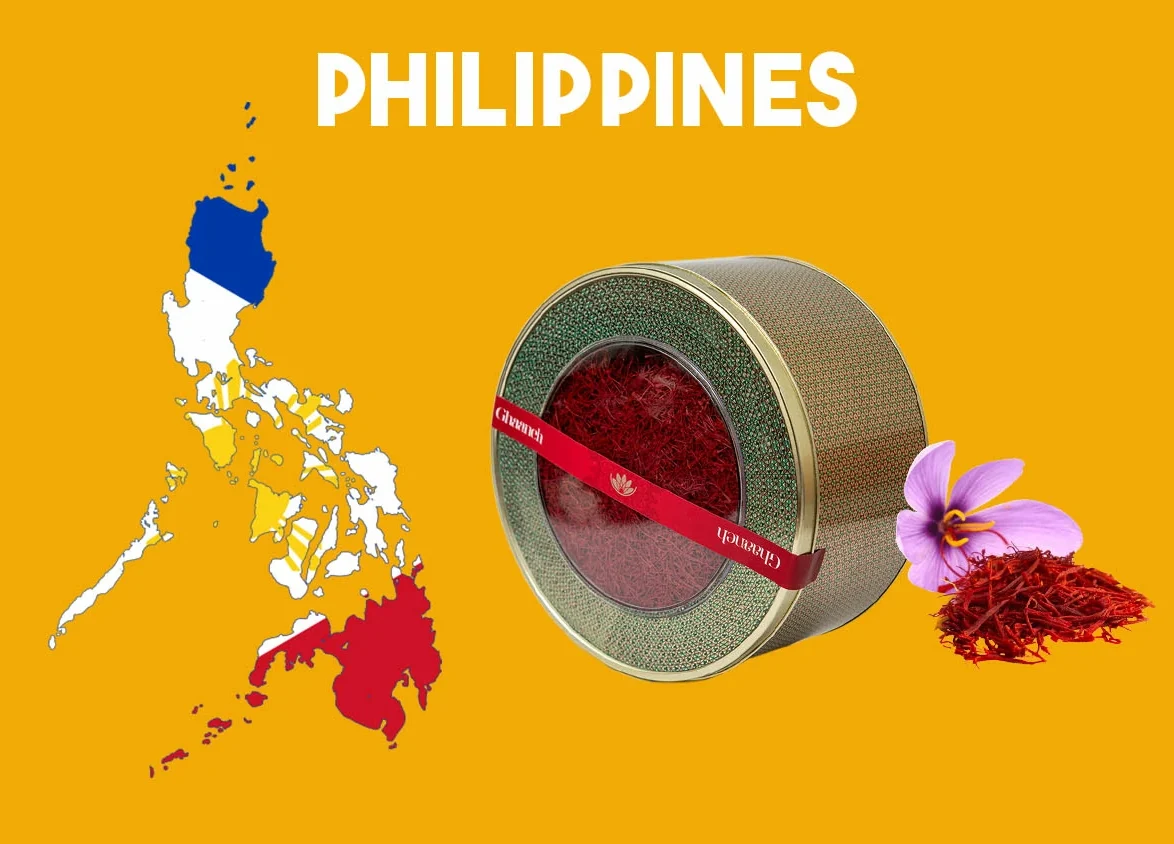
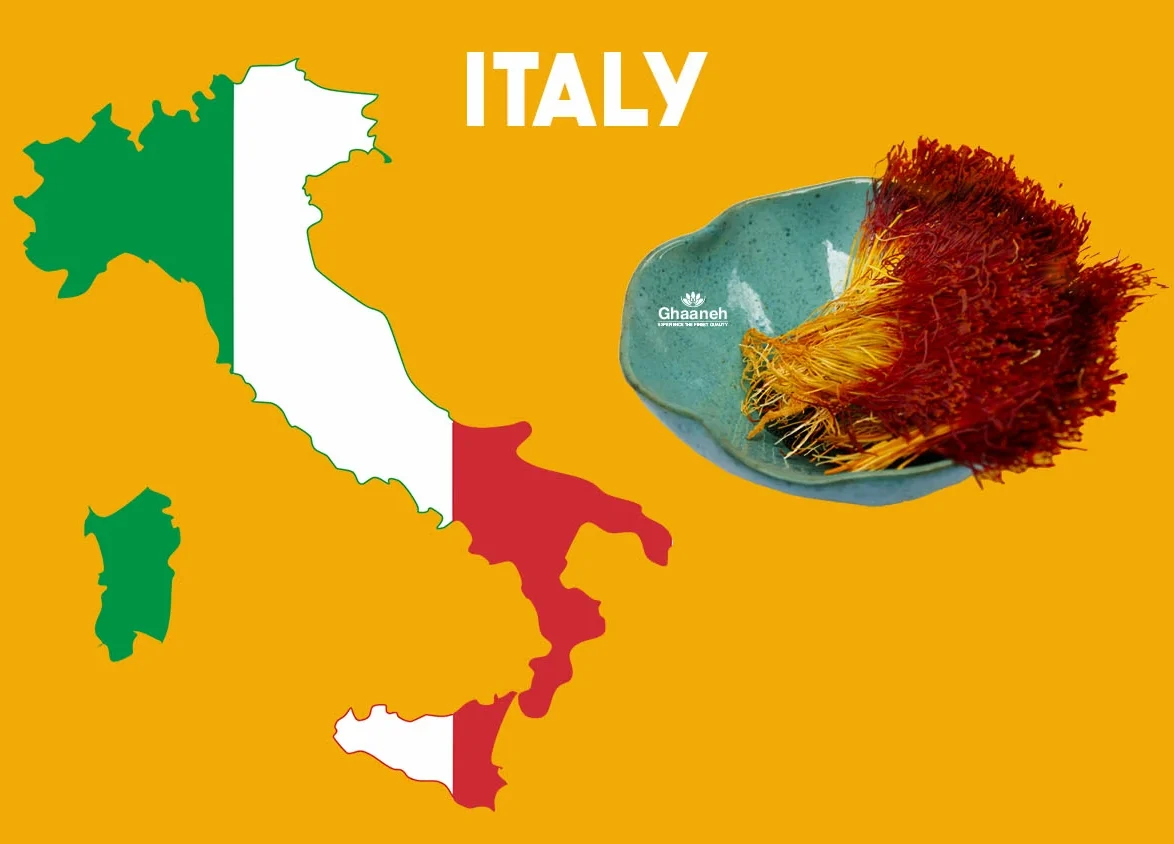
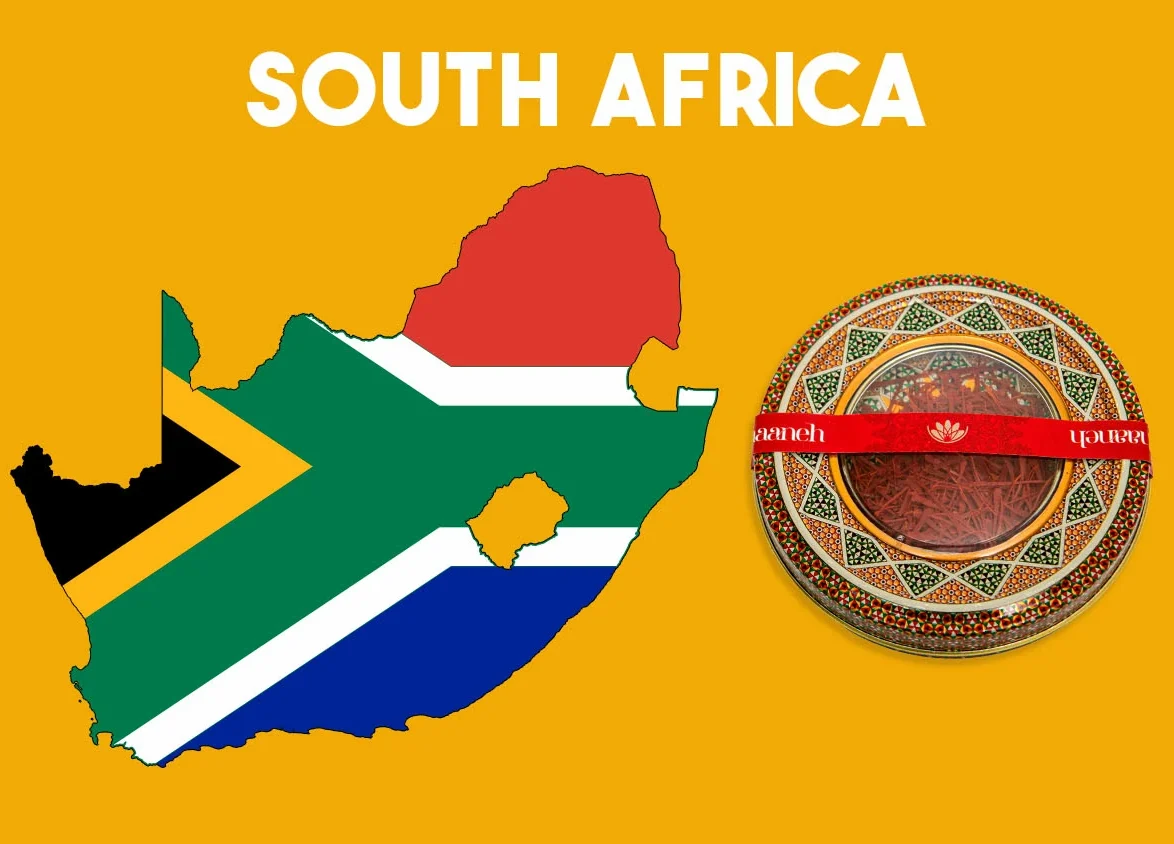
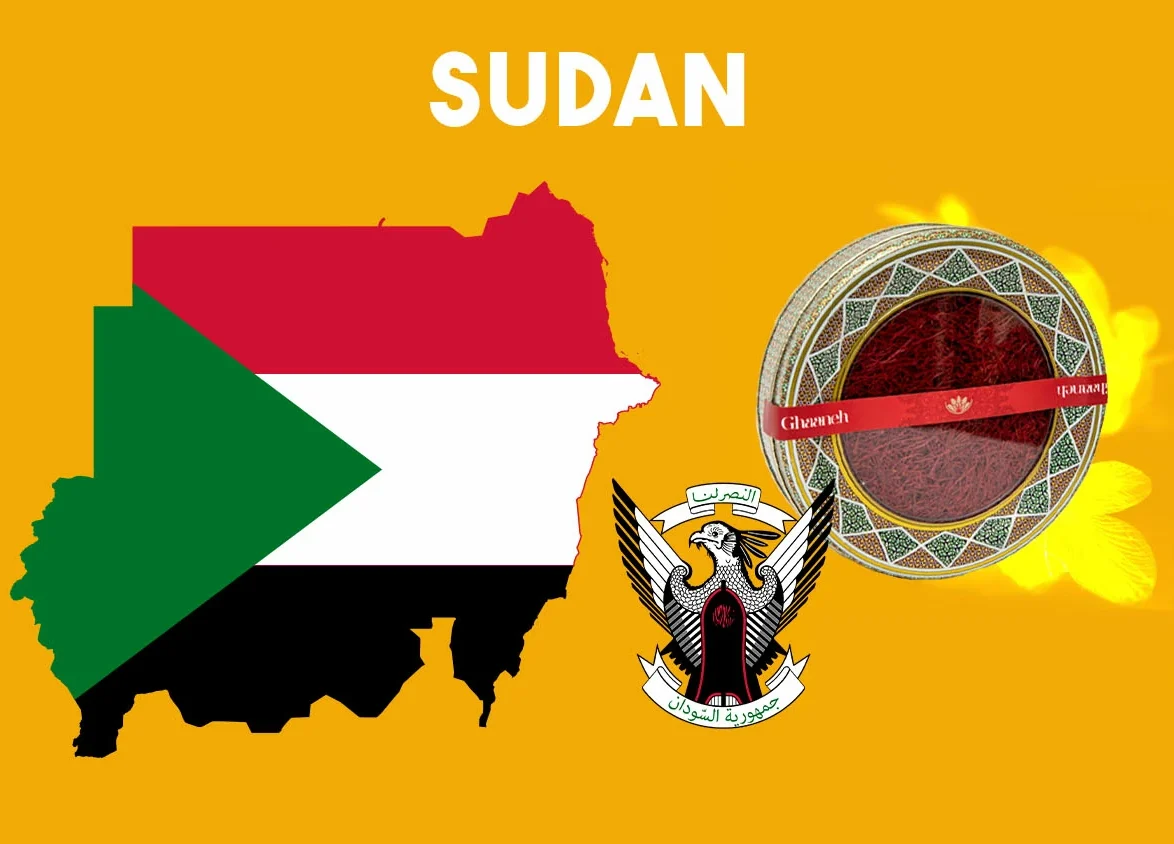
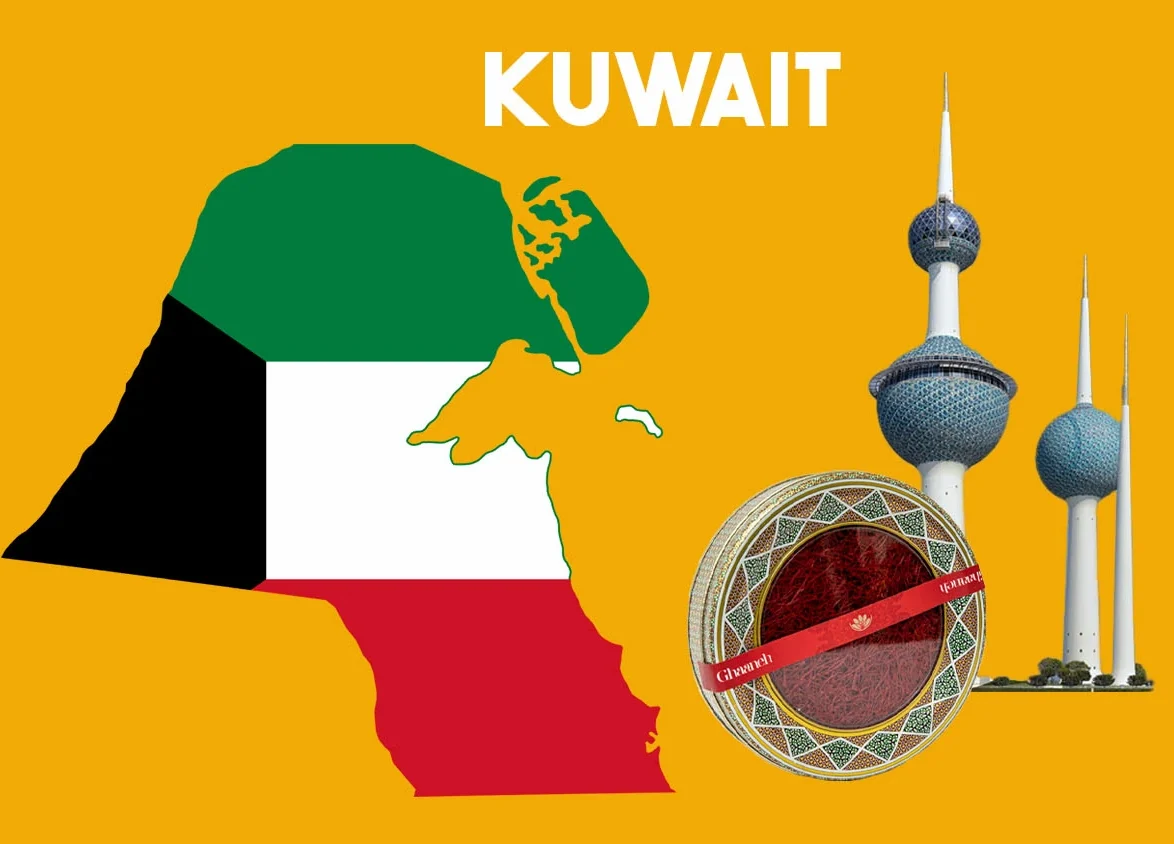
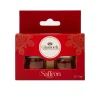
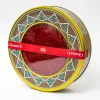
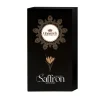
Unquestionably believe that which you stated. Your favorite justification appeared to be on the internet the easiest thing to be aware of. I say to you, I certainly get irked while people consider worries that they just do not know about. You managed to hit the nail upon the top and also defined out the whole thing without having side effect , people could take a signal. Will probably be back to get more. Thanks